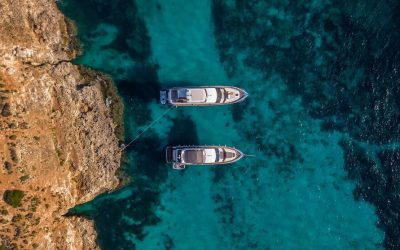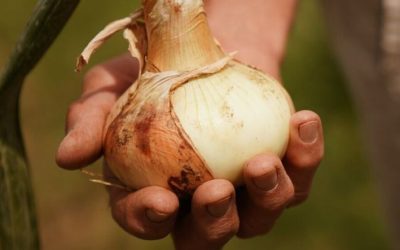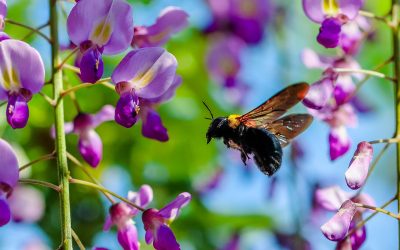 Oggi è questo un piatto vietato, fra l’altro anche ecologicamente scorretto… Ma siccome fa parte della storia millenaria di Pisa e delle sue genti, non possiamo non parlarvene fosse altro per curiosità.
Oggi è questo un piatto vietato, fra l’altro anche ecologicamente scorretto… Ma siccome fa parte della storia millenaria di Pisa e delle sue genti, non possiamo non parlarvene fosse altro per curiosità.
Sono, – detta alla pisana, – le cèe, che altro non sono che avannotti d’anguilla.
Un tempo in tutta la Toscana sulla costa, da nord a sud, erano moltissimi i pescatori di cèe che “intercettavano” gli avannotti mentre questi risalivano i corsi d’acqua per andare a crescere nell’acqua dolce.
Poi la pesca è stata messa fuorilegge, le reti riposte, ma purtroppo si è sviluppato un fiorente mercato nero. Quindi è bene chiarire da subito che, oggi, se in un ristorante vi offrono le cèe, sappiate che o sono di contrabbando oppure sono importante dalla Francia dove la pesca non è vietata.
Le cèe sono state per moltissimi secoli una prelibatezza culinaria, ingrediente primo di molte semplici e gustosissime ricette. Un piatto semplicissimo ma poetico (tanto da essere esaltato in un sonetto da Neri Tanfucio, che altri non era che Renato Fucini) sono proprio le cèe alla Pisana. Si buttavano in padella con olio e salvia e poi si servivano nel piatto caldissimo. Qualcuno vi ci grattugiava sopra anche un po’ di formaggio parmigiano. Ma ad esempio a Viareggio, vi aggiungevano il pomodoro ed alcuni le usavano anche per condire la pastasciutta o farci delle succulente frittatine.
Ma la vera poesia e nostalgia delle cèe stava soprattutto nelle interminabili notti trascorse a Bocca d’Arno ad aspettare che la rete inquadrasse una colonna di cèe che risalivano il fiume. Notti di ghiaccio e freddo perché la risalita in acqua dolce avviene da Natale ai primi di marzo!
Lunghe notti in cui, per stemperare il freddo, si accendevano fuocherelli in riva all’Arno; un grande spettacolo che fa irremidiabilmente parte del passato. Today it’s a forbidden dish, ecologically incorrect…
Today it’s a forbidden dish, ecologically incorrect…
But because it’s a part of the millenary history of Pisa and of the people who have lived here, how could we not talk about it.
They are the fry eels called “alla pisana”. Once upon a time along the whole Tuscan coast side, from the north to the south, many fishermen caught the fry eels on their way to the sweet water where they were supposed to grow.
Today the fry eel fishing is forbidden but unfortunately there is a flourishing black market. So it’s good to know that if you find fry eels in the restaurant they are illegally imported or bought from France where the fishing is still legal.
For many centuries the fry fish has been a culinary delicacy and an ingredient in many simple and tasty recipes.
A very simple but poetic dish (the dish was exalted in a sonnet by Neri Tanfucio also known as Renato Fucini), it’s made in the frying pan with olive oil and salvia and it’s served on a hot plate.
Some people like to put parmesan cheese on top and in Viareggio, for example, they add tomatoes, they could also be used as seasoning for pasta or omelette. But the true poetry and nostalgia of this dish is connected with the long nights waiting at the Arno River to get some fry eels on their way up the river in the net.
The nights were very cold, because it all occurred between Christmas and the beginning of March, and also very long and to keep warm they used to lit fires on the river bank, but today that is all part of the past.




0 commenti